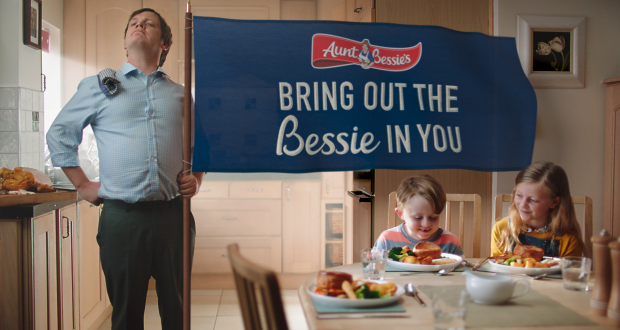Mood Board:

Lyrics analysis:
Research:
Locations:
Ideas:
-Blow bubble-gum (soap bubble?)
-Mirror on forest floor (surreal pond)
-Mirror in field? (illusions)
-Video starts/ends in her bed (all a dream)
-Starts with her taking pills before collapsing onto her bed- video a mix of dreams and hallucinations caused by the drugs.
-Ends with her waking up as if it was all a dream- then looks in mirror and pulls flower out of hair- was it all a dream?
-Feathers (delicate, pure) falling over her in field- random (dreamlike)
-different settings (skips between)- Field of flowers (sometimes with boy), woods, river, pink projected light, milk bath, Boughton house (manor house), possibly short clip in alley with gate- 'like a hostage'- darker reality.
Song/artist: Hostage- Billie Eilish
Stage name ideas:
Ivy
Willow
Maple
Viola
Aurora
Skylar
After deciding to use a song by the artist 'Billie Eilish', I listened to a range of her songs before choosing 'hostage'. The slow, soft tone interested me as I wanted to create a light, aesthetically pleasing music video, however the lyrics have a dark twist that I thought would be interesting to incorporate into the video. My next step was watching music videos by various artists to inspire me with their techniques, camera angles, lighting and general concepts and format of their videos. In a lot of videos I noticed how they would use a range of different locations with different costumes and make up and would switch between these clips all throughout the video. I found these videos enjoyable to watch as there was variation and this gave me the idea to have a selection of different scenes put together in a montage.
Miley Cyrus' music video for the song 'Malibu', was a great inspiration as the atmosphere was light and dreamlike, the style that I hope to achieve. In the video, she is surrounded by nature wearing a white dress, which contrasted well with the green of the trees and the bright, colourful flowers. I thought this costume choice enhanced the beauty of the nature as the pale colour connotes the purity of both the song and the video. From this I decided to dress my actor in a similar style of clothing, as I wanted her to appear pure and beautiful, like a dream- with the dark, hidden truth being a nightmare.
Selena Gomez's video for her song 'Come and Get It' begins with her lying in the middle of a field of blue flowers, with shots from above that zoomed away from her body, revealing the size of the field. I was inspired by this peaceful combination of seemingly endless flowers with a relaxed pose, and plan on a similar location to this being used as a transition from her bed in her real life to her dreamland. In this scene of Gomez's video, there is a shot of the side of her face and upper half of her body lying in the field with the flowers standing as high as her features. I plan on using a similar shot to this in my video as she appears as part of the nature that she is surrounded by. In one of the scenes set in the field, Gomez looks into a mirror, reflecting the golden beams of the sun. The placement of a mirror in a field was abstract, which I liked as it created a surreal effect. I want to incorporate this into my own video, with my own alterations; rather than it being in a field, I want to place a mirror on the ground in a forest/woods and have my actor kneel on the ground and look into the mirror. This would give the illusion of her looking into a pond and seeing her reflection, but the reflection would be perfectly clear, in keeping with the surreal theme of the video as I want everything to appear to present realistic aspects, all with a small twist, leading to the audience raising questions.

































